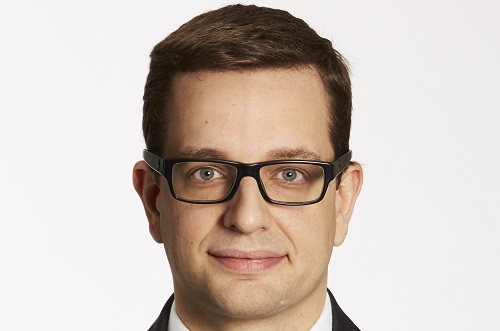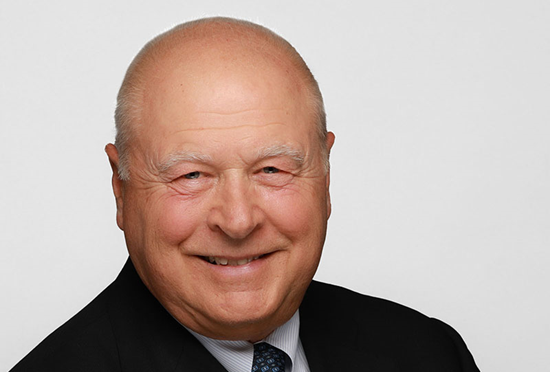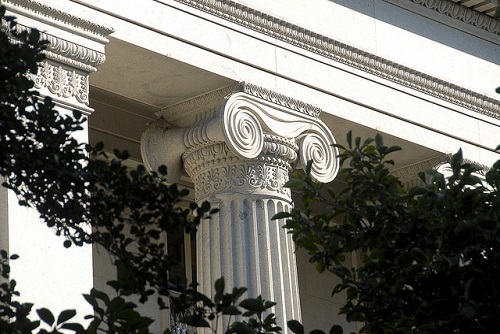ANALYSIS: LME reflects on two years since the nickel closure

Two years ago the London Metal Exchange was making headlines for all the wrong reasons.
The exchange took on March 8 2022 the unprecedented decision to close its nickel market to protect its clearing members from excessive margin spikes and the venue remained closed for more than a week while the LME waited for conditions to stabilise.
The judgement of the LME management was immediately called into question with traders particularly angry about the decision to rip up trades that had been legitimately executed immediately before the suspension.
At that time, the LME also took short-term measures to enable the market to reopen, such as the introduction of daily price bands, and commissioned an independent review to identify the issues that led to the nickel crisis.
Two years on, the LME has made some of the changes recommended by the Oliver Wyman report and is still working on others, some of which refer to the nickel market specifically while others relate to the LME’s procedures more broadly.
Reflecting on a difficult two years, the LME’s head of market development Robin Martin said the firm’s efforts to tackle the issues that led to the nickel suspension have helped restore confidence in the market.
“To put things into context of our volumes, because I think that is a good indicator of participation and confidence, year-to-date compared to the same period last year, our volumes are up almost a third.”
Martin, who joined the exchange from the World Gold Council in 2018, said the LME volume performance varies from contract to contract but all its main products are “up in double digit figures”. LME nickel in particular had a very strong end to 2023, with trading volume up 43% in the last quarter compared to the same period in 2022, though that was artificially low because of the nickel intervention.
Martin added: “Open interest is up around 25% which is also a good indicator of the market coming back in a year where we didn’t see any significant price trends or one-off catalysts that drove the volume. Our volume and participation picked up as the year went on and we have carried that through into the beginning of this year.”
Martin was speaking to FOW in late March after returning from the FIA event in Boca Raton, Florida where the LME senior management met with their key clients, including its electronic trading customers.
“It is interesting that the conversation has shifted over the last two years. Two years ago in the immediate aftermath of nickel, that was the only conversation topic but nickel barely featured in the conversations we had during the annual FIA conference last month. Pretty much everyone we spoke to was interested in the momentum in our market and the opportunities around the enhancements we are making.”
Looking back, Martin said the LME has introduced important changes to guard against a repeat of the nickel problems, such as the inclusion of new class one nickel brands to mitigate against the likelihood of the low stock levels that led to the price spike two years ago.
A related discussion that took place in mid-2022 was whether the LME should list class two nickel contracts but Martin feels a consensus was reached that the exchange should continue to focus its efforts on the class one grade that serves as the benchmark for the class two nickel versions.
Another crucial reform was the introduction of daily price limits, which first happened in the immediate aftermath of the nickel closure. Martin feels that was a key step in rebuilding confidence, adding that the exchange has continued to work on refining its price limit regime, culminating in the December 2023 consultation on the LME position where price limits are breached on consecutive days.
Martin said: “We have taken the view that we want to be as prescriptive as possible ahead of any such scenarios so there is no doubt what the LME would do, and we will be communicating our position on multi-day extreme price moves in our consultation response which will be issued shortly.”
Another welcome reform has been the work around the visibility of the over-the-counter (OTC) market in LME metals, the lack of which was said to be a key factor in the nickel price spike of March 2022.
Martin said: “Here, we now have visibility by weekly member reports which gives us an integrated holistic view of member and client positions across exchange and OTC markets.”
The LME has also worked closely with its clearing house on member eligibility requirements, said Martin. “The independent Oliver Wyman review that we commissioned suggested that perception around some members’ ability to withstand shocks is something we should look at so we have worked on the minimum thresholds a LME Clear member needs to meet.
“We left no stone unturned in how we calibrate the size of our initial margin levels with the sizing of the default fund. This has been actively discussed with market participants and our proposed approach is currently under review by the Bank of England.”
In conclusion, Martin referenced again the recovery in nickel trading volumes to their pre-March 2022 levels: “In March, we are close to averaging 75,000 lots a day, which would have been a good month in 2021. We can’t hide the fact that volumes did drop significantly in 2022 as some physical and financial participants stepped away for a while, which was also partially driven by our members putting caps on nickel position sizes."
Martin added: “Everything now points to a market normalisation as these member caps were gradually withdrawn and margin rates have come down significantly. It’s not just the volume and open interest that have come back, the contract trades much more stably. We can’t be complacent but it is fair to say the nickel market has come back in a big way.”
This interview concludes in Part Two on Thursday March 28 when Martin discusses the LME’s efforts to encourage more participation by electronic trading firms.
Found this useful?
Take a complimentary trial of the FOW Marketing Intelligence Platform – the comprehensive source of news and analysis across the buy- and sell- side.
Gain access to:
- A single source of in-depth news, insight and analysis across Asset Management, Securities Finance, Custody, Fund Services and Derivatives
- Our interactive database, optimized to enable you to summarise data and build graphs outlining market activity
- Exclusive whitepapers, supplements and industry analysis curated and published by Futures & Options World
- Breaking news, daily and weekly alerts on the markets most relevant to you



